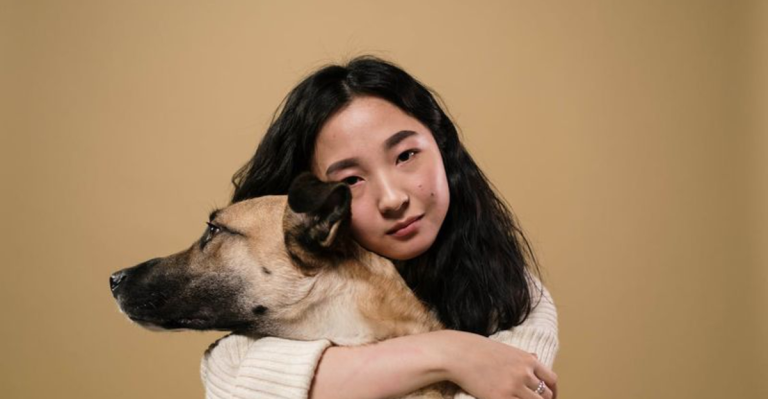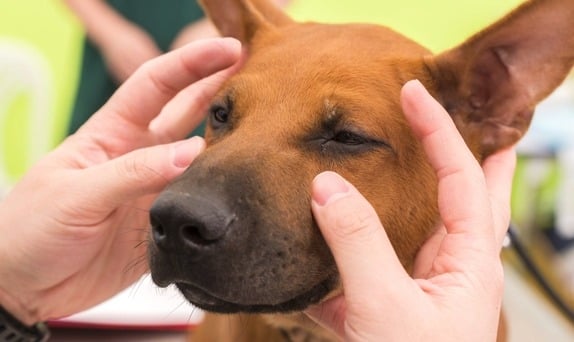How to Help a Dog Adjust After Moving Homes: 12 Tips Every Pet Parent Should Know
Moving isn’t just stressful for people—it can be downright disorienting for our dogs. New smells, unfamiliar sights, a different layout of rooms, and a whole lot of boxes can send even the most confident pup into a tailspin.
Whether you’ve adopted a dog from a shelter, brought home a rescue, or relocated with a long-time furry companion, the transition to a new home can feel overwhelming for them.
Dogs are creatures of habit. They find comfort in predictability—knowing where their bed is, when they’ll be fed, and what sounds are part of their “normal.” When those familiar cues disappear, it’s easy for anxiety, confusion, and stress to take over.
Your dog might become clingy, withdrawn, overly vocal, or even regress in their behavior. But don’t worry—these reactions are totally normal, and with the right support, they’ll soon begin to feel safe again.
As their person, you play the most important role in making the transition smoother and more comfortable.
With a little patience, some thoughtful planning, and a whole lot of love, you can help your dog feel right at home—even in a place that’s brand new to them.
In this article, we’ll walk you through practical, dog-friendly strategies to support your pup as they settle in.
From setting up a cozy safe space to reinforcing routine and recognizing subtle stress signals, we’ll cover everything you need to help your dog navigate their new surroundings with confidence.
Whether you’re starting fresh in a new city or just moving down the street, these tips can make a world of difference for your four-legged friend.
1. Create a Safe Space
Moving can feel chaotic, so having a designated area that belongs entirely to your dog helps them feel grounded.
Whether it’s a cozy corner in the living room or a tucked-away spot in the bedroom, give your pup a space where they can retreat and feel secure.
Fill it with familiar items—like their bed, favorite blanket, and toys—so it smells and feels like “theirs.” This space becomes their sanctuary in a sea of change, offering calm when everything else feels new and unfamiliar.
2. Stick to Their Routine
Dogs thrive on routine. It tells them what to expect and when, which is exactly what they need during the unpredictable days of a move. Keep feeding times, walks, play sessions, and bedtime consistent—even if everything else around them is changing.
Even small shifts in routine can cause stress. If they’re used to a walk after breakfast, don’t delay it. Familiarity in daily rhythms helps them feel more confident and less anxious in their new environment.
3. Bring Familiar Items
Familiar scents are powerful comfort tools for dogs. Bring along their old bed, favorite chew toys, or even a used blanket that smells like their previous space. These scent cues offer reassurance and stability when nothing else feels familiar.
Don’t wash these items right away. Let them hold on to the comforting smell of home—whatever “home” was before. It helps ease the shock of transition and makes the new house feel a little more like their own.
4. Start Slow with Exploration
Don’t expect your dog to feel at ease right away. Introduce them to their new home slowly—room by room—rather than letting them run free throughout the entire space. Too much too fast can lead to overwhelm.
Let them explore at their own pace, sniffing and investigating each area as they go. This controlled introduction builds confidence and helps them get used to new sights, sounds, and smells without sensory overload.
5. Keep Calm Energy
Your dog feeds off your emotions. If you’re frantic or frustrated during the move, your dog is likely to mirror that energy. Staying calm and centered helps create an emotionally safe atmosphere for them.
Speak softly, move slowly, and offer gentle reassurance. Let them see that everything is okay. Your calm presence can be more powerful than any toy or treat in helping them adjust to their new surroundings.
6. Let Them Sniff Around
For dogs, the nose is the gateway to understanding. Letting them sniff freely—both indoors and outside—helps them process their new environment. It’s how they gather information and build mental maps of their surroundings.
Instead of rushing walks, slow things down. Give them time to investigate corners, walls, furniture, and grass. Scent-marking is also important—it’s their way of claiming space and saying, “This is mine now.”
7. Provide Mental Stimulation
A bored dog is more likely to act out, especially when stressed. Enrichment activities like puzzle feeders, snuffle mats, and treat-dispensing toys can keep their mind busy and redirect anxious energy.
Incorporate short training sessions throughout the day. Not only does this challenge their brain, but it reinforces a sense of normalcy and purpose. A stimulated dog is a happier, more balanced one—especially during big changes.
8. Avoid Too Many Visitors
As tempting as it is to invite friends over to see your new place, it’s best to give your dog a breather. The first few weeks should be about quiet bonding and allowing your dog to adjust without added social pressure.
New people, smells, and noises can be overwhelming. Wait until your dog shows signs of comfort and confidence in their new home before introducing guests. Let your pup feel settled before the social scene begins.
9. Reinforce Basic Training
A new environment can test old habits. Your dog might forget commands, ignore boundaries, or regress in behaviors like house training. Revisit the basics to help reestablish structure.
Use positive reinforcement—treats, praise, and gentle redirection—to reinforce desired behaviors. Remind them of house rules, even if they seemed solid before. Training offers a sense of predictability that makes your dog feel more in control.
10. Increase Exercise
Physical activity is one of the best ways to reduce stress and promote calmness. A well-exercised dog is less likely to develop anxiety-driven habits like chewing, barking, or pacing in their new home.
Daily walks, play sessions, and even backyard games help release pent-up energy. They also create opportunities for your dog to explore their new neighborhood, meet new smells, and develop confidence in their surroundings.
11. Watch for Health or Behavior Changes
Moving is stressful, and stress can manifest in subtle ways. Keep a close eye on your dog’s eating habits, energy levels, and bathroom behavior. Changes may indicate anxiety—or something more serious.
Don’t ignore signs like excessive panting, pacing, hiding, or digestive issues. These might be temporary responses, but if they persist, consult your vet. Early intervention helps ensure your dog’s health and happiness aren’t compromised.
12. Give Extra Affection
Now’s the time to shower your dog with reassurance. Extra cuddles, belly rubs, and encouraging words can go a long way. It’s not spoiling—it’s anchoring them emotionally when everything else feels foreign.
Take moments throughout the day to connect—whether it’s a quiet snuggle on the couch or a playful tug-of-war session. These small acts of love help your dog associate the new home with warmth, safety, and you.

















